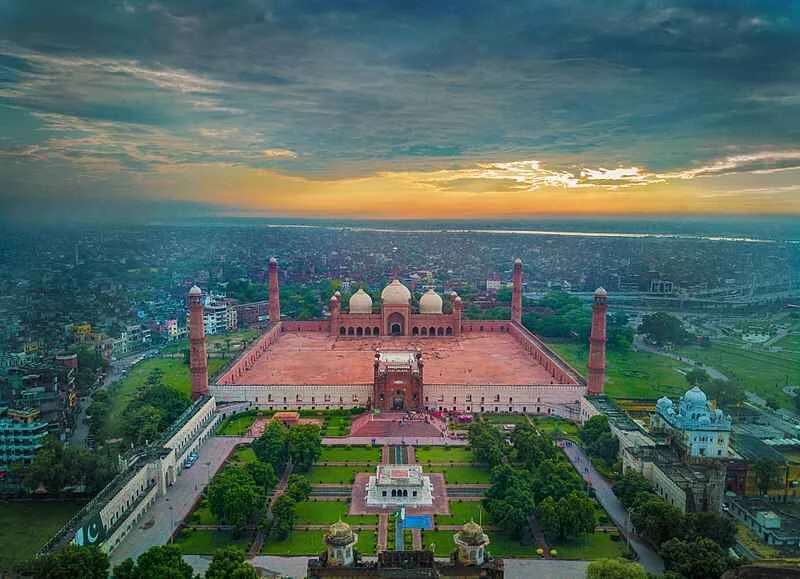Punjab Pakistan is a famous tourist place having many amazing attractions like the Badshahi Masjid, Wagah Border, Lahore Fort, Islamabad, Attock Fort etc. The region is divided between modern-day eastern Pakistan and northwest India.
History Of Punjab Pakistan
Punjab Pakistan has a long history, starting from ancient times with various rulers like Aryans, Persians, Greeks, Egyptians, Afghans, and Mongols. It was mainly Hindu with some Buddhists before Muhammad bin Qasim brought Islam in 712 AD. Mughals ruled from 1524-1739, building great structures like Badshahi Mosque and Shalimar Gardens.
Then came Maharaja Ranjeet Singh, who created the Sikh Empire from 1799-1849. After he died, there was chaos, and the British took over in 1849 after two wars. Britain found Punjab to be really important during their rule in India due to its strategic location.
They did a lot of things there, like bringing in Western education and changing how taxes worked. But the people didn’t like being controlled by Britain, and there was a big rebellion.
A terrible event called the Jallianwala Bagh Massacre happened in Amritsar in 1919. Later, Punjab played a big role in Pakistan becoming independent.

When the Muslim areas split from India in 1947, they became part of Punjab, while the Sikh and Hindu areas became separate states. Wilted greens like spinach and mustard greens are used to make it, and it is served over flatbread with fresh ghee.
Tensions between East and West Pakistan led to the loss of province status for Punjab in NUMB in 1962. However, Punjab regained its province status after Bangladesh formed in 1972. There were two wars between India and Pakistan in 1965 and 1971, which affected Punjab.
Tourism
Punjab Pakistan is the most populated province and the second largest in size. In 2017, according to the World Travel and Tourism Council, Pakistan welcomed 1.75 million tourists. Tourism Development Corporation of Punjab manage tourism.
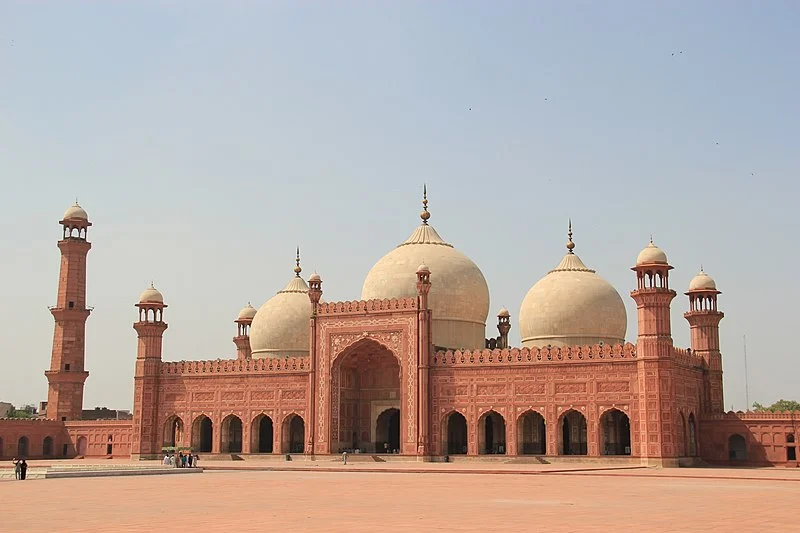
The province has many big cities like Lahore, which is the second largest city in Pakistan and is known as the Cultural Heart of Pakistan. The city has historical sites like Lahore Fort, Shalimar Gardens, Walled City, badshahi Mosque, and many more, attracting lots of tourists every year. Other attractions in Lahore include Minar-e-Pakistan, Lahore Museum, Data Durbar Complex, and Lahore Zoo.
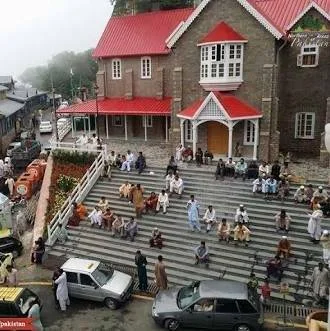
Rawalpindi is a popular spot for tourists heading to Murree, Bhurban, Patriata, Northern Areas, Azad Kashmir, and Gilgit-Baltistan. Pharwala Fort, built by an ancient Hindu civilization, is a big attraction on the city’s outskirts.
In Sheikhupura, there are historical sites from the Mughal Empire like Hiran Minar and Sheikhupura Fort. Rohtas Fort near Jhelum, constructed by Sher Shah Suri, is a UNESCO World Heritage Site. Katasraj temple in Chakwal draws Hindu devotees.
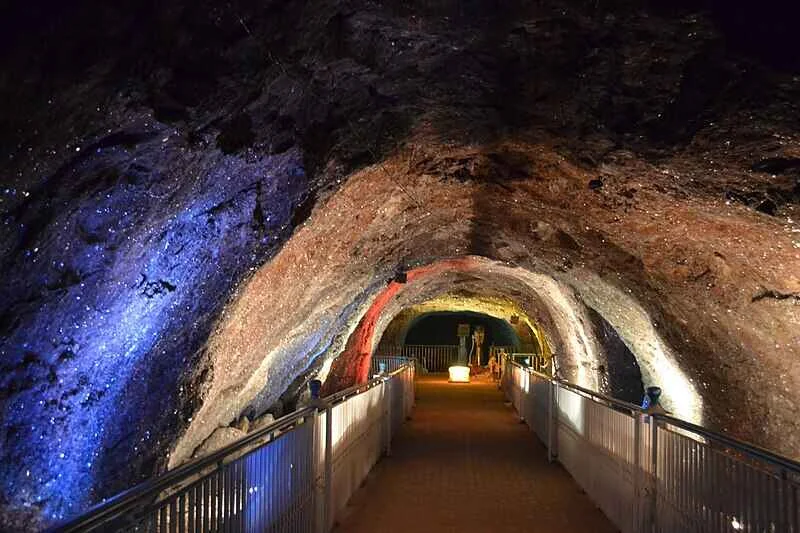
Khewra Salt Mines, one of South Asia’s oldest major tourist draw in Pakistan. Nankana Sahib, the birthplace of Sikhism’s founder, attracts pilgrims, especially during Guru Nanak Dev’s birthday. Panja Sahib in Hasan Abdal is another famous gurdwara in Punjab. The clock tower and eight bazaars of Faisalabad have unique designs resembling the Union Jack flag..
Culture
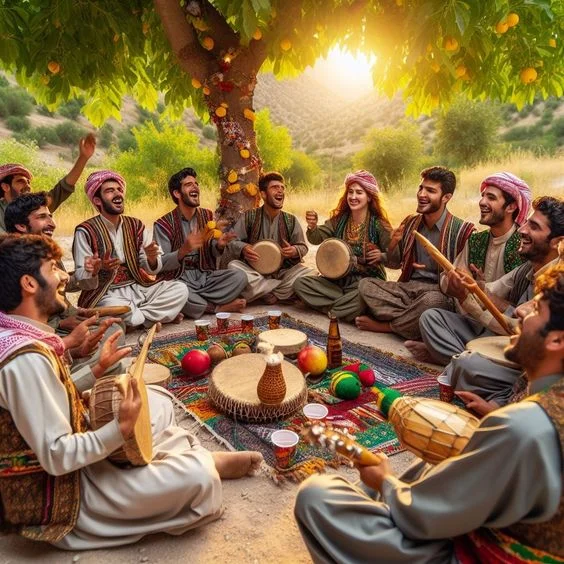
Punjab Pakistan, known as the land of five rivers, is the largest province in Pakistan and is famous for its rich culture, which shares many similarities with Indian culture. With 36 districts and over half of Pakistan’s population.
It plays a significant role in the country’s economy, contributing around 50- 60%. Punjabi culture, dating back from ancient times to the present, encompasses various aspects like cuisine, philosophy, poetry, music, architecture, and history.
Certain cities in Punjab hold special importance for the Sikh community, such as Nankana Sahib, the birthplace of the founder of Sikhism, attracting Sikhs from around the world. Landmarks like Jahangir’s Tomb and Badshahi Mosque in Lahore are notable in Punjab. The Data Sahib Shrine, although is very important.
People
Punjabi people are famous for their warmth and love for fun. They come from different tribes and communities but celebrate their culture’s traditions together. Many believe in spiritual figures, superstitions, and the caste system, though education is making people more rational.
In villages, they live in close-knit communities and support each other through thick and thin, valuing their culture and traditions. Punjabis are famous for their hospitality and affectionate nature.
Dress
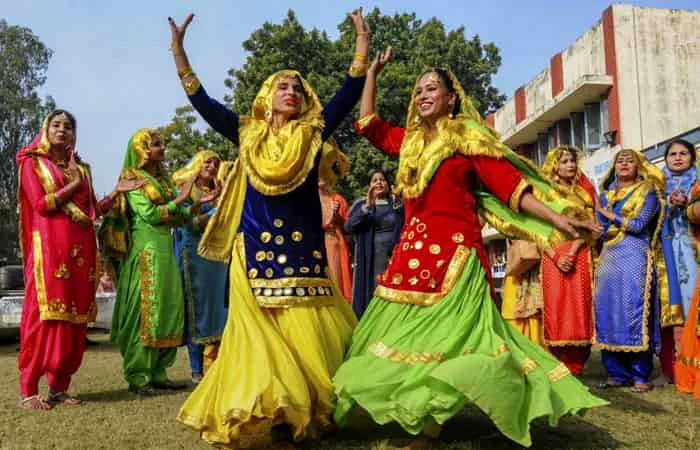
Punjabi costumes reflect the lively culture of the people, with lots of colors and comfort. They
often feature phulkari embroidery. In villages, men wear turbans, dhotis or lachas, kurtas, and
traditional shoes called khusas.
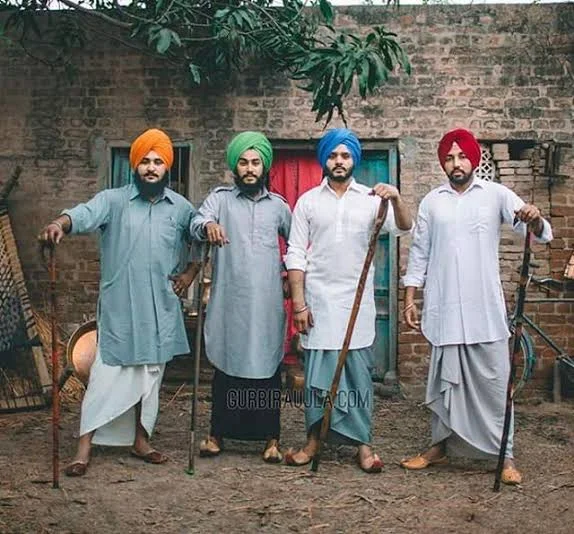
Women wear ghararas, choridar pyjamas, or colorful shalwar kameez, along with accessories like pandas, dupattas, and traditional shoes. In cities, both men and women follow the latest fashion trends, usually opting for different styles of shalwar kameez.
Language Of Punjabi People
Punjabi is the main language in Punjab. Most people in Punjab speak Punjabi as their first language, Punjab famous place. About 44% of Pakistanis speak Punjabi as their first language. Urdu is widely use in this area.
Some important languages are as under:
Pothowari
Hindko
Jhangvi
Shahpuri
Pahari
Majhi
Saraiki
Places To Vist In Punjab, Pakistan
Lahore Fort
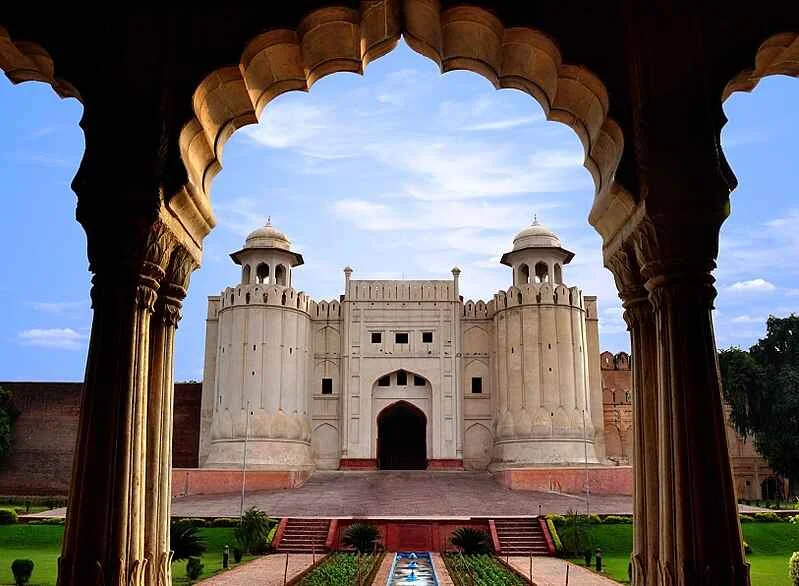
The Fort is a big, strong building in Lahore, Pakistan, made by the Mughal king’s long ago. It’s famous for its fancy palaces and mosques. The fort started as a small place before 1021 but then got bigger and better over time.
Akbar, a Mughal king, rebuilt it in 1566 using bricks and red sandstone. Other kings like Jahangīr, Shah Jahān, Aurangzeb, and Maharaja Ranjit Singh added more cool stuff to it.
The fort has different parts for the kings private and public use, kind of like the Agra Fort.
Shah Jahān, who also built the Taj Mahal, made some really fancy parts of the fort, like the Hall of Mirrors and the Naulakha Pavilion, which has beautiful stone decorations.
There’s also a marble mosque built by Shah Jahān. In 1981, UNESCO said Lahore Fort was really important and made it a World Heritage site.
Cholistan Desert

Cholistan, also known as Rohi, is a desert in Pakistan near Bahawalpur Punjab. It’s famous for its forts and camel racing festivals, with camels called the “Plane of Desert.” The desert borders
Sindh. Its name comes from the Turkish word “choli,” meaning desert.
People here lead a nomadic life, moving with their animals to find food. The main landmark is Drawar Fort, 48 km from Dera Nawab Sahib. The local language of the area is Saraiki, and indicating its historical significance.
Cholistan relies on animal resources due to water scarcity. It’s famous for producing high-quality wool carpets, blankets, and textiles, vital for cold winter nights. Local crafts include leatherwork, weaving, and textiles, with wool from sheep and goats used for making rugs and other items.
Tourist Attractions
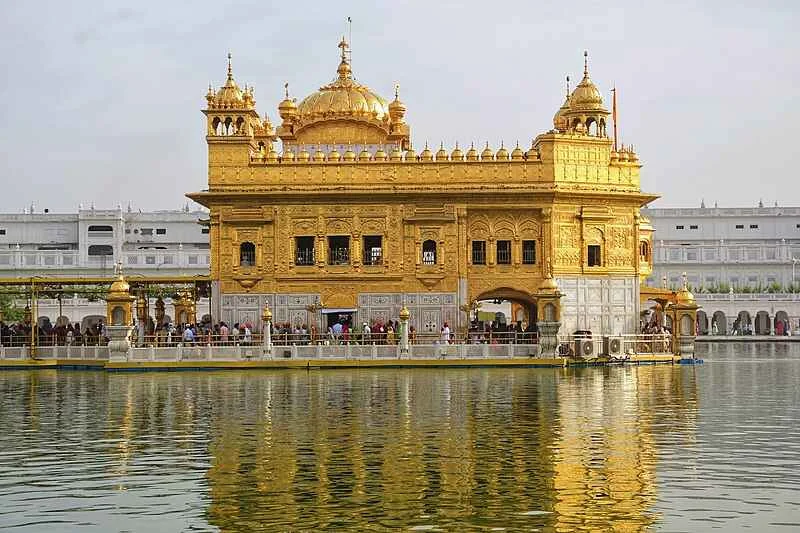
The Province has lots of cool places to check out! One of the coolest is the Golden Temple in Amritsar. It’s super famous and looks amazing with its shiny gold outside. Lots of people, both pilgrims and tourists, come to see it every year.
You can join in the spiritual stuff, chill by the sacred pool, and eat yummy food with everyone, no matter who you are. Another awesome spot is the Wagah Border, near Amritsar too.
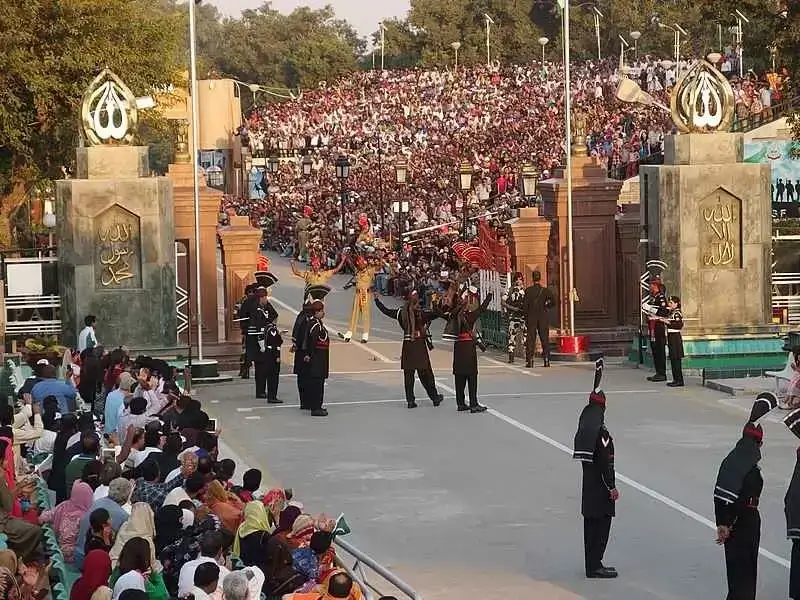
This is where India and Pakistan meet, and they have this big ceremony every day where they lower the flags. It’s all about the bond and competition between the two countries. People get really excited, cheering and singing patriotic songs.
And if you’re into history, you must visit Patiala. There’s this massive fort-palace called the Qila Mubarak Complex from the 18th century. Punjab has fancy paintings, beautiful courtyards, and a huge hall where the rulers used to wait.
Popular Dishes
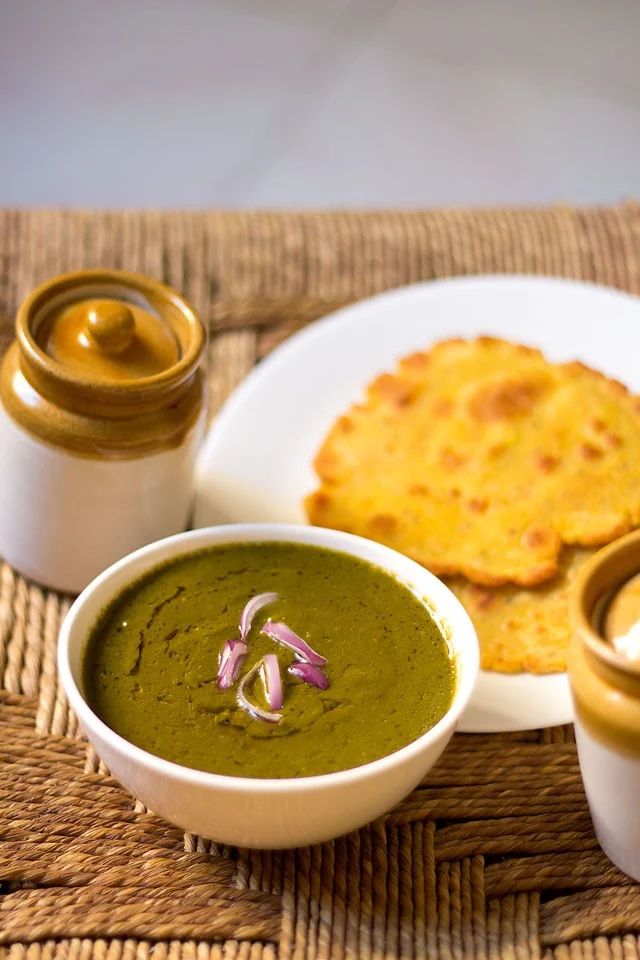
Sarson Ka Saag: This dish, also known as ‘greens and spices,’ is famous in Punjab Pakistan, and North Indian Punjabi regions. Wilted greens like spinach and mustard greens and it is serve over flatbread with fresh ghee.
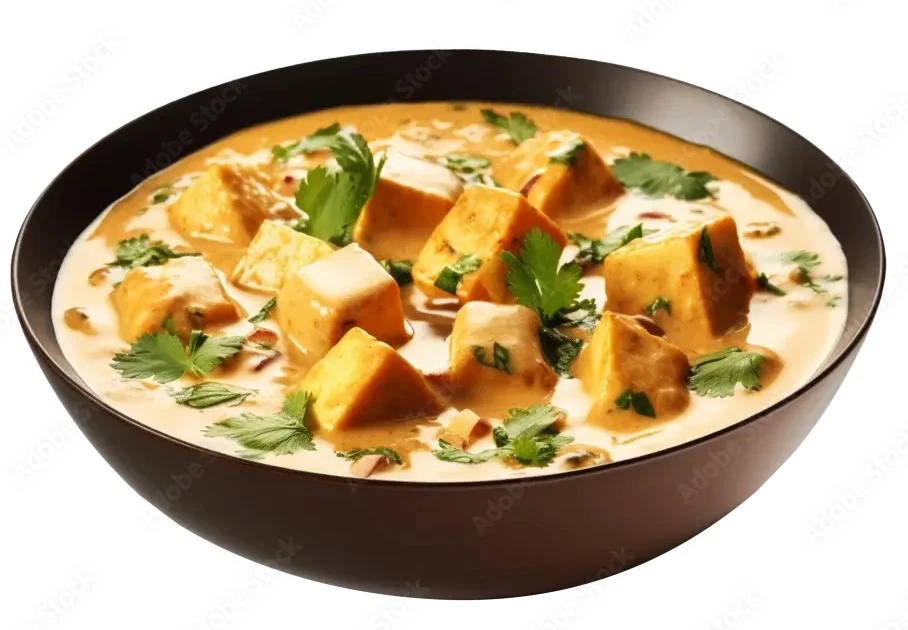
Shahi Paneer: A creamy and rich curry filled with paneer cubes is very popular. Cooking paneer in a base of almond and cashew and served with roti, paratha, naan, or rice.
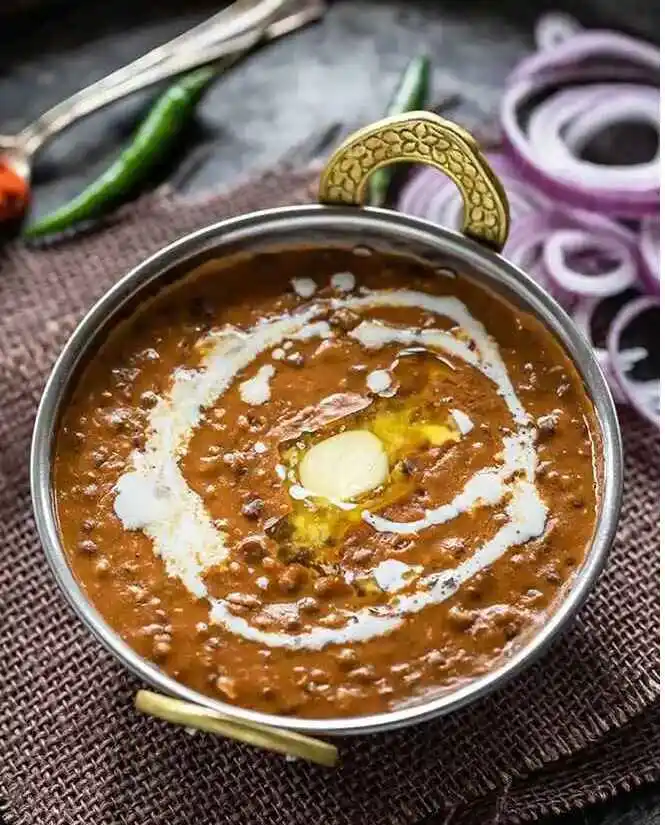
Dal Makhani: A popular lentil dish made from black lentils, red kidney beans, butter, and cream. It’s cooked together in a pressure cooker, saving time compared to the traditional 24-hour preparation.
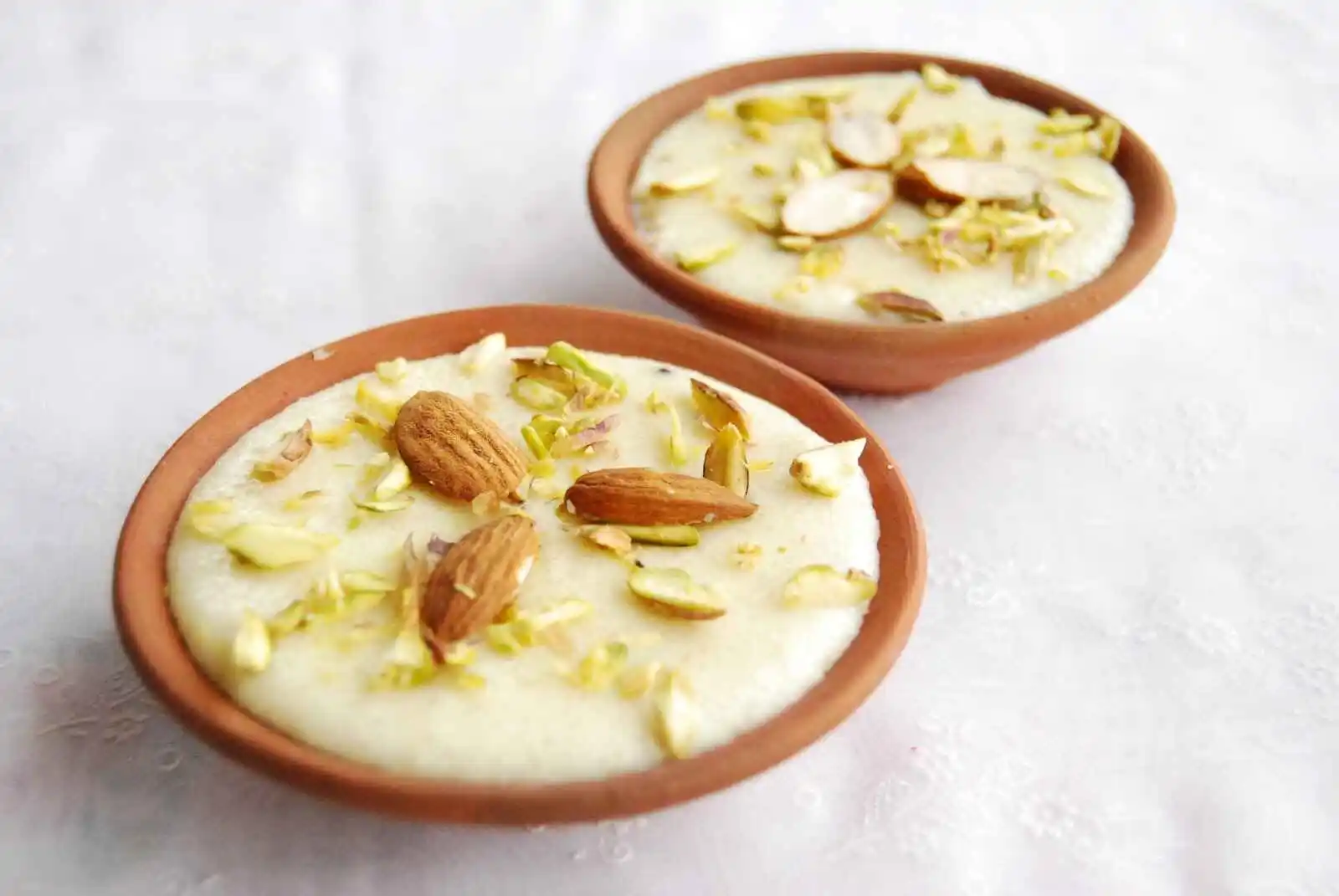
Phirni: A sweet dish similar to rice pudding, made by cooking full cream milk with soaked raw rice, cardamom, and sugar. Garnish the dish in clay pots with edible silver leaf, pistachios, and almonds.
